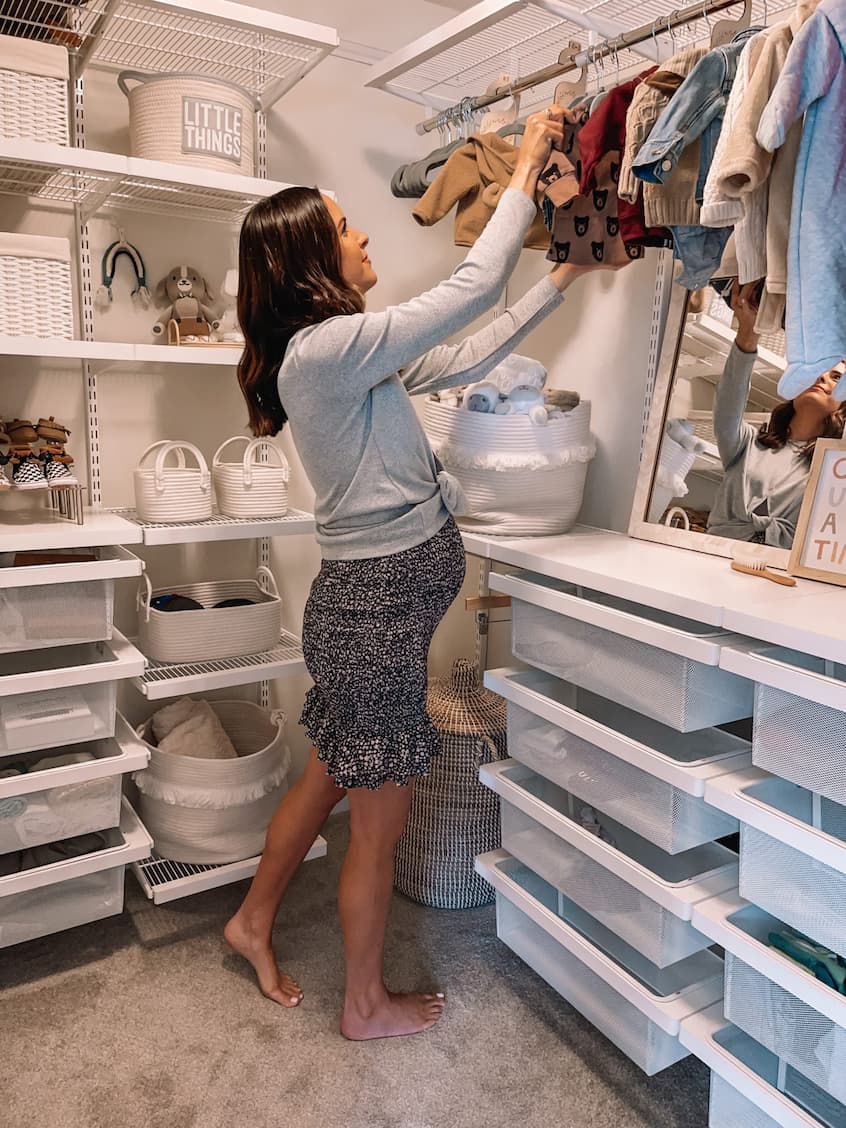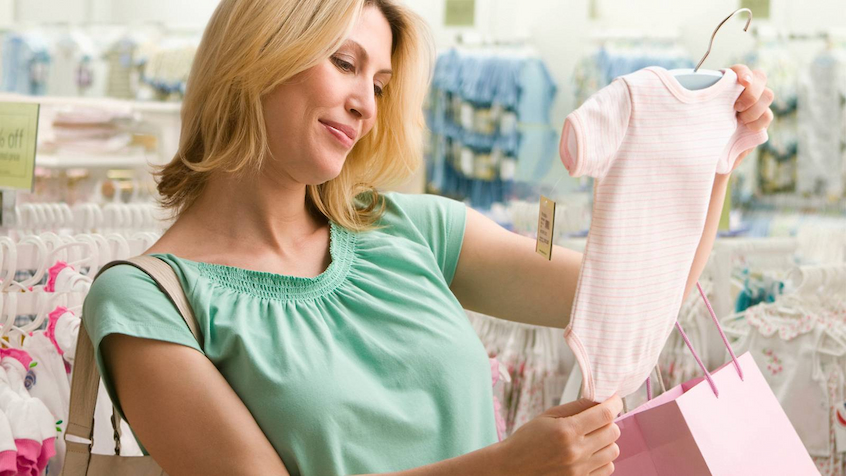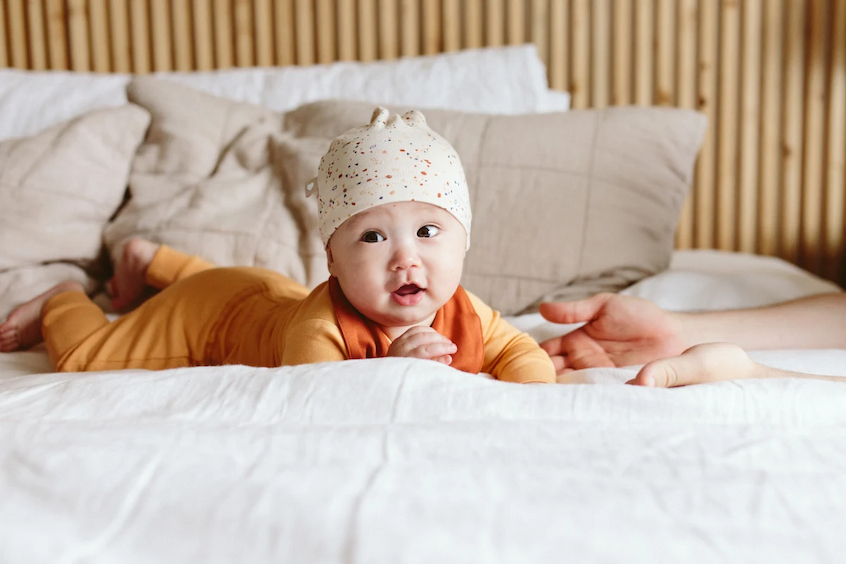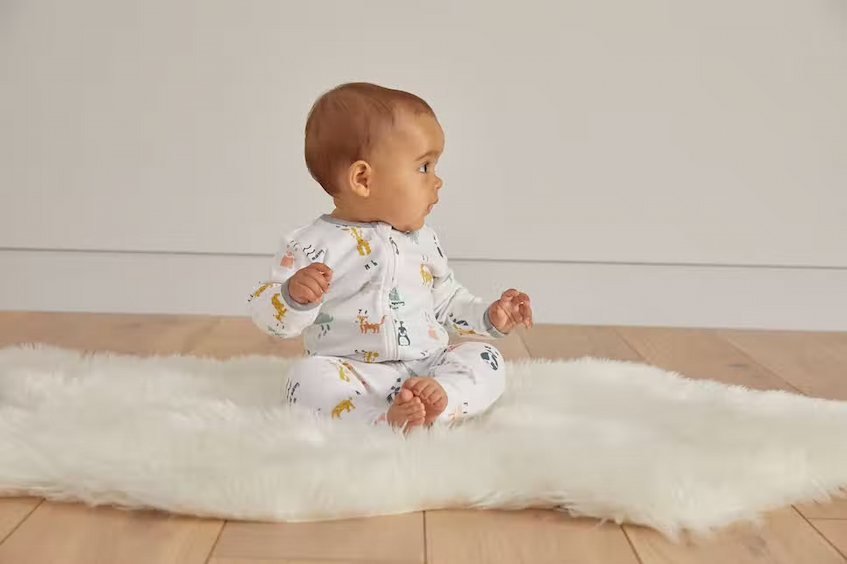
A Guide to Baby Clothing Essentials for New Parents
Days before the big day, when you can finally meet your bundle of joy and bring them home, are frequently filled with exuberant anticipation, utter confusion, and crippling anxiety. The list of things to get ready seems never-ending, with each product category boasting a separate subgroup of various types. It reveals a resounding fact about parenting: it begins before you even welcome your child.
You already know that there are many items on the list when it comes to newborn clothing. From stylish outdoor clothing essentials like dresses, rompers, outerwear, and shoes to cosy indoor clothing like bodysuits, onesies, two-piece pyjamas, and in between infant legging there are many options!
It’s important to consider the smaller details when creating your child’s wardrobe as you sigh over our assortment of adorable, coordinated all-in-one sets and choose your favourite one. You won’t want to overlook important factors like sizing, the number of baby clothes to purchase, and the usefulness of each type of clothing.
Contents
1. Choosing the Correct Size

Source: smartparents.sg
Even in the first few months of parenthood, many parents come to the sombre realisation that “children grow up too fast.” Newborns grow at different rates in addition to growing quickly enough to outgrow their new clothes. This means that two infants of the same age may wear clothes that are entirely different sizes.
Nevertheless, figuring out your child’s size might be a challenge, especially if you’re still anticipating their arrival. Looking at your family history (e.g., are you or your relatives known for having big babies?) and the prenatal measurements taken by your doctor are two ways to get an idea of how big your baby will be.
In light of that, you should also take extra care when handling the labels with the sizes (such as 0-3 months). Even though they may not be a typical big baby at 3 months old, your baby may already need to wear clothing marked 6–9 months. In this situation, it’s always a good idea to look up each brand’s specific size chart on their website and determine where your child’s measurements fall on it before making a purchase.
If you’re unsure, you might want to choose one that is one or two sizes larger. Even if it’s too big, choosing a larger size will enable your child to grow into the outfit, reducing the frequency with which you must purchase new clothing.
2. Clothing Appropriate for All Their Activities
Your infant will spend the majority of the first few weeks or months sleeping in a cot and will need frequent diaper and clothing changes. Bodysuits and sleepsuits are your best bet for ensuring the durability of your baby’s clothing (and, while you’re at it, streamlining the entire baby-caring process)! For example, the sleepsuits have crotch flaps and snap buttons to make changing times a breeze!
You also know that nothing can stop a baby from moving once they get going, except maybe aching, flaming knees from crawling all day. That’s why durable yet soft baby leggings are the ideal way to safeguard their tender knees while also keeping their legs warm, which makes them another essential for your baby shopping list. These are also items that are perfect for year-round wear, especially if we consider the designs vary in thicknesses and fabrics.
For the winter days you can choose some thicker model to keep them snug, and in the summer months you can pick out something thinner and more breathable. Practical and useful, you’re going to like them for being stylish as well when you check out the various designs that differ in colour and pattern. So, the right pair of baby leggings can help turn your bub into a fashionista from an early age!
Fashion accessories like hats and mittens should be on your shopping list too even though they may seem unnecessary. These accessories are very helpful at this young age to prevent your baby from scratching themselves or from exposing their delicate scalp to the elements. In addition to these accessories, you might want to think about getting a wrap vest. The wrap-around design will keep your baby comfortable without jarring the stump of the umbilical cord.
3. Put Comfort and Safety First

Source: babylist.com
Breathability and comfort are key considerations when choosing baby clothing, particularly given Australia’s hot and muggy climate. Choose natural materials over synthetic ones, such as cotton and bamboo blends with cotton, which are softer and gentler on a baby’s delicate skin. In actuality, the bamboo fabric is frequently both secure and perfect for young children with skin conditions like eczema.
When your baby is still too young, be sure to avoid clothing with tassels, buttons, fringes, or other dangling components. These tiny objects pose a risk of choking and might be harmful to your child. Also, when washing your child’s clothes, be sure to use a detergent that is safe for babies. Such detergents are designed to protect your baby’s delicate skin as well as keep their clothes soft.
4. Give Everyday Wear and Convenience Top Priority

Source: standard.co.uk
It’s tempting to spoil your newborn with adorable tops, bottoms, and clothing given the variety of choices. Although there is no shortage of adorable baby fashion clothing, always prioritise the necessities first.
You might think about combining convenience and everyday wear to make dressing your child easier! Onesies, baby leggings and rompers, for example, are practical everyday options that can be worn inside and outside the home. Additionally, they simplify laundry because there is only one item to wash, fold, and organise at once. Be sure to look for adjustable straps and slip-resistant soles when choosing a footed onesie because they can keep your baby comfortable as they move around.
Even though they might seem necessary, you don’t have to buy your child a pair of shoes right away, especially if they haven’t taken their first steps yet. In the interim, booties can keep their tiny feet warm and comfortable all day.

